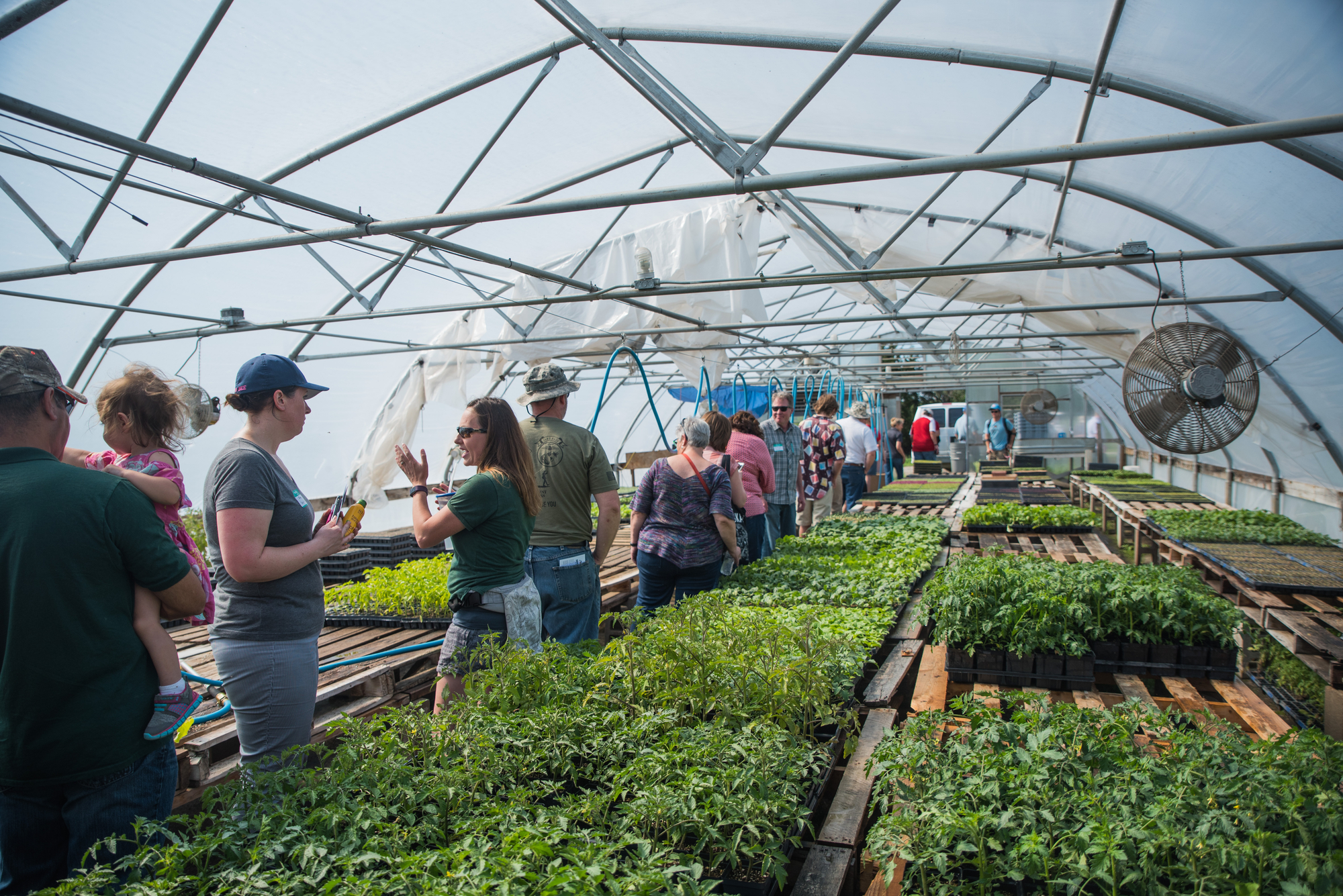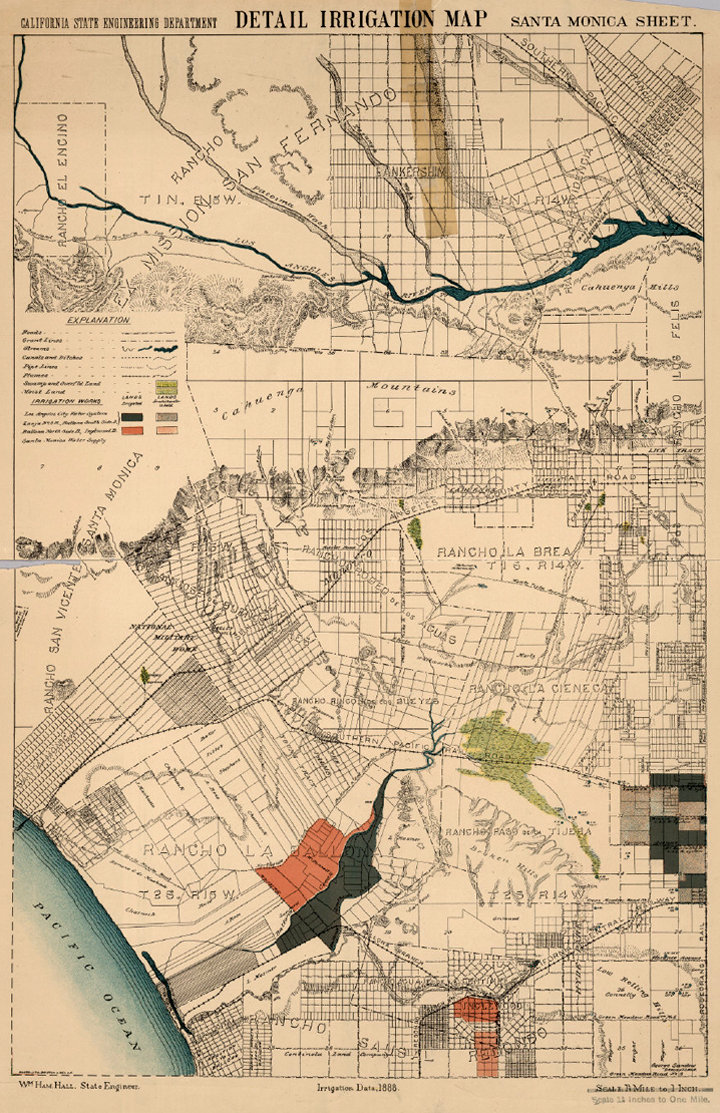Table of Content
Also, the home to be purchased must be located in an eligible rural area as defined by USDA. Direct, Repair and Housing Site Loans are funded directly by the USDA. Direct Loans work by reducing the mortgage payments for a short time, so eligible low- and very-low income households can more easily repay a loan to obtain decent, safe and sanitary housing. Repair Loans work by providing money to very-low-income homeowners, so they can repair, improve or modernize their home. Farm Ownership Loans can be used to purchase or expand a farm or ranch. This loan can help with paying closing costs, constructing or improving buildings on the farm, or to help conserve and protect soil and water resources.

USDA improves rural community economic health by working with private lenders to guarantee loans to borrowers for the construction of rural multi-family housing units and individual homes. USDA works with public and nonprofit organizations to provide housing developers with loans and grants to construct and renovate rural multi-family housing complexes. Eligible organizations include local and state governments, nonprofit groups, associations, nonprofit private corporations and cooperatives, and Native American groups. Using the Single Family Housing Direct Self- Assessment tool, potential applicants may enter information online to determine if the Section 502 Direct Loan Program is a good fit for them prior to applying. Potential applicants are welcome to submit a complete application for an official determination by USDA Rural Development regardless of the self-assessment results.
Revolving Credit: Up to 5 years
Project planning is done at the local level to ensure the ability to adapt to local conditions. The board will use local conservation priorities to determine the best use of funds. If the project meets the ARDL program guidelines a specialist from the Natural Resources Conservation Service or the Utah Association of Conservation Districts will be assigned to help you design and develop the project. Conservation of resources not only helps the environment, it helps you. Good conservation practices help to maximize profits by reducing costs through the effective use of valuable resources.

The Farm Service Agency offers loans to help farmers and ranchers get the financing they need to start, expand or maintain a family farm. The FMPP was created through a recent amendment of the Farmer-to-Consumer Direct Marketing Act of 1976. The grants, authorized by the FMPP, are targeted to help improve and expand domestic farmers markets, roadside stands, community-supported agriculture programs and other direct producer-to-consumer market opportunities. The entire closing process usually takes days, from the time you go under contract until you finalize the transaction. Like with other types of mortgages, you’ll have to pay closing costs when purchasing or refinancing a home with a USDA loan. When purchasing, you have the added benefit of seller concessions to cover up to 6% of your closing costs and you can choose to roll your closing costs into your mortgage balance.
LinkOut - more resources
You are a sheep milk farmer who wants to establish another line of revenue by processing and selling wool at farmer’s markets and local knitting stores. Alternative Energy Loan Program – Loan program for agriculture-related renewable energy projects. The section also cooperates with the Division of Water Quality in underwriting non-point source pollution prevention loans funded by the State Revolving Fund.

These approved lenders are also your point of contact for any questions or scenarios you wish to have reviewed for possible eligibility. A portion of FSA loan funds are set aside for Beginning Farmers and Ranchers – family farmers who are just getting started on their journey in farming. They’re designed to meet the needs of small and beginning farmers, or for non-traditional and specialty operations by easing some of the requirements and offering less paperwork. USDA loan requirements vary based on the program you choose, so you’ll want to check the USDA’s Rural Development website to see if you meet all of the specific USDA loan qualifications. Here is a list of some of the common eligibility requirements you may need to meet in order to qualify for USDA financing.
Support Resources
To ease the application process, we partnered with First Southwest Bank. What this means is that your privacy is maintained and we, as a state government organization, do not know specifics about your background and credit history. A member of First Southwest Bank will walk you through the process from ensuring you’ve gathered all qualifying materials and to answering questions you have during the application process.

If you’re eligible for payment assistance, your rate may be as low as 1%. USDA Direct Loans, on the other hand, have a fixed-rate of 2.50% for low-income and very low-income borrowers as of May 1, 2022. If you are interested in applying for a guaranteed loan, or have more specific questions not answered by the website, please reach out to any of the program‘s approved lenders for further assistance. Prior to obtaining and completing the loan application, it is recommended that you meet with or call one of our loan officers. They are available to assist you in determining your eligibility for the loan program, address your questions, and provide guidance through the application process. USDA provides homeownership opportunities to rural Americans, and home renovation and repair programs.
This expanded program is known as the Agriculture Resource Development Loan program or ‘ARDL’. This program is administered by the Department of Agriculture & Food under the direction of the Conservation Commission. The program has no credit score requirements, but applicants are expected to demonstrate a willingness and ability to handle and manage debt.
Considered a “lender of last resort”, the program is not intended to compete with private sector lenders. Prospective applicants must inquire with and be denied credit from private sector lenders prior to filling an application. In addition, prospective applicants must fulfill applicable eligibility requirements. Applicants that are not able to obtain denials from the private lending sector may inquire with the private lender on the possibility of utilizing the insured/guaranty and/or participation loan facilities. The program provides low interest loans to farmers and ranchers for projects which meet the conservation and pollution control goals of the program.
Utilizing this USDA's Eligibility Site you can enter a specific address for determination or just search the map to review general eligible areas. Guaranteed Loans are made by a USDA-approved traditional lender with the backing of FSA. Many FSA loans are available as either Guaranteed Loans or Direct Loans. USDA has posted its proposed rules, revised rules and final regulations related to the development of rural areas. Customers may submit an electronic comment for any rule currently open for comment. Please select your state in the dropdown menu above to find your local contact for this program.

In fact, according to the Consumer Financial Protection Bureau, close to 165,000 people applied for a USDA loan in 2020. If you’re already living in a less populated area or considering buying a home away from the city, you may qualify for a USDA loan with below-market interest rates without needing a down payment. Combining ARDL funds with other grants and loans is encouraged in order to provide the maximum benefit in conservation.
USDA also provides financing to elderly, disabled, or low-income rural residents in multi-unit housing complexes to ensure that they are able to make rent payments. Guaranteed Loans help lenders work with low- and moderate-income households by providing a 90% loan note guarantee to approved lenders. The loan note from the USDA reduces the financial risk that can come with lending, so that lenders may offer 100% financing to eligible rural home buyers and owners.

This list of funding sources is solely based on public information already disseminated by the listed entities. It is a collection put together to facilitate a one-stop access to such agricultural-related funding sources. An application can be obtained from your local Conservation District supervisor, your local USDA Service Center, or the Utah Department of Agriculture & Food. This list of active lendersis searchable by state and every effort is made by the SFHGLP team to keep this up to date. This list ofactive lenders is searchable by state and every effort is made by the SFHGLP team to keep this up to date.
Emergency Loans help farmers and ranchers recover from production and physical losses due to drought, flooding, other natural disasters or losses. Effective December 1, 2022, the current interest rate for Single Family Housing Direct home loans is 3.75% for low-income and very low-income borrowers. Purchase priceDown paymentClosing costsSeller concessions$300,000$0$9,000 – $18,000You can negotiate to have the seller cover up to $18,000 (or 4%) of your closing costs. You must own or operate a farm, ranch, or business that provides supporting infrastructure to benefit farms and ranches in the state of Colorado. Although your business does not yet have to be operational, you do need to have applied for and received a Colorado business license. The farming, food production, and other business skills necessary to operate your business.
This program helps lenders work with low- and moderate-income households living in rural areas to make homeownership a reality. Providing affordable homeownership opportunities promotes prosperity, which in turn creates thriving communities and improves the quality of life in rural areas. Each program provides cost share assistance, through participating States, to organic producers and/or organic handlers. Recipients must receive initial certification or continuation of certification from a USDA accredited certifying agent .

No comments:
Post a Comment